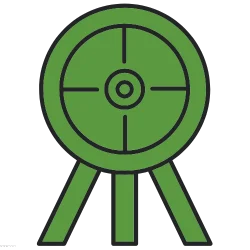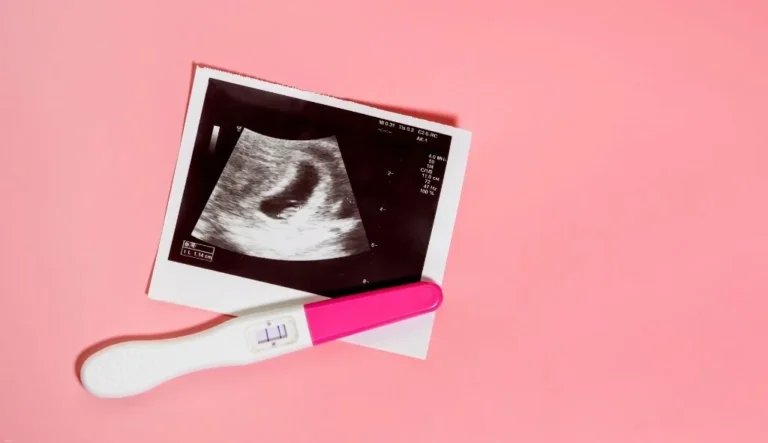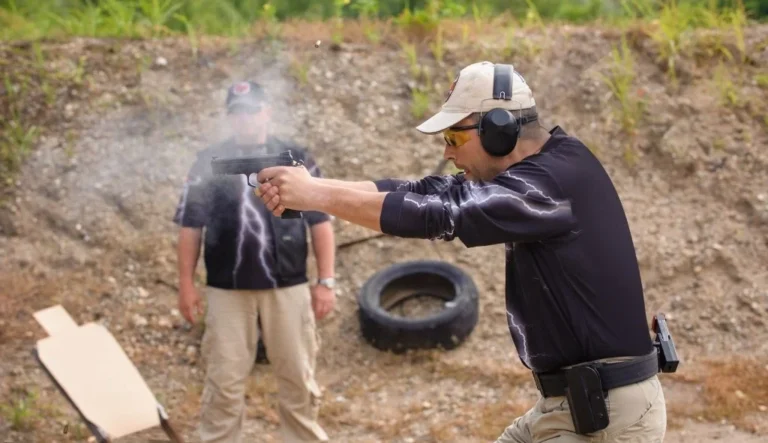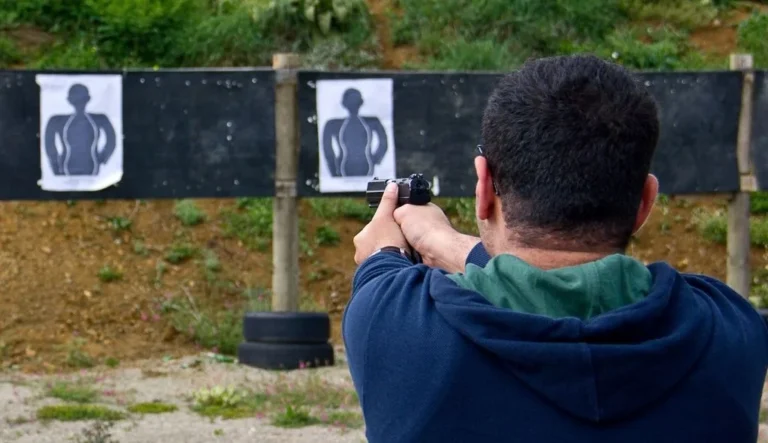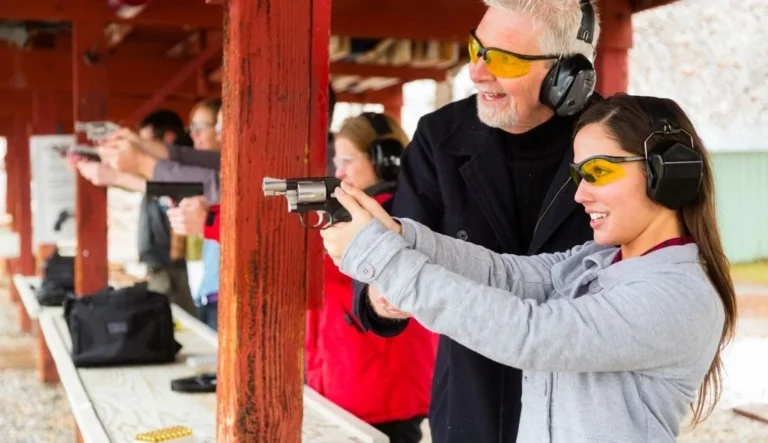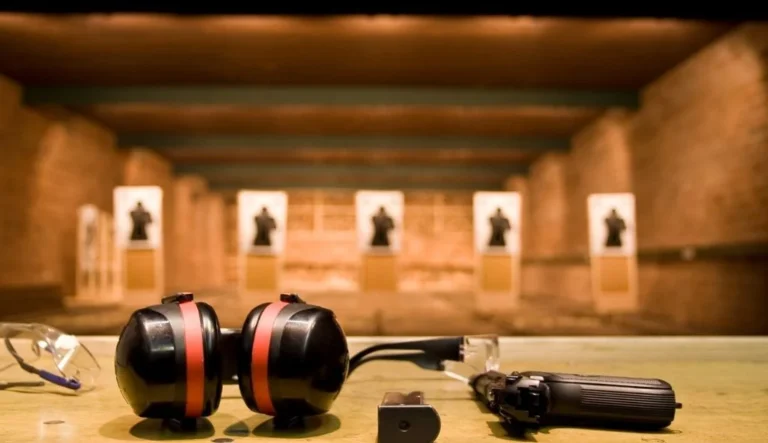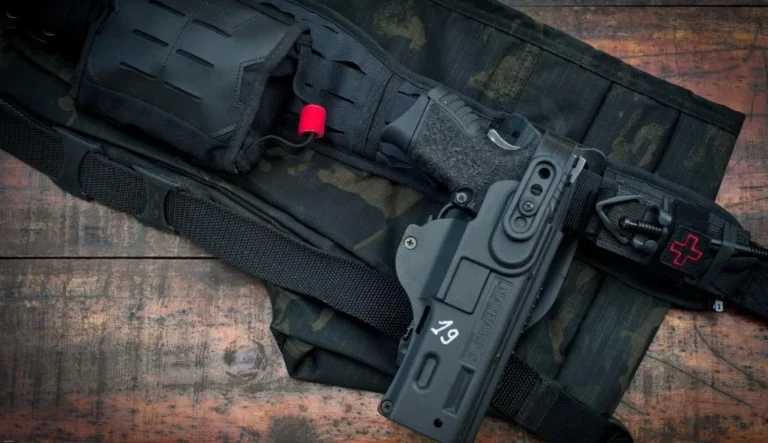Building an indoor shooting range requires careful planning, adherence to safety regulations, and significant investment. Key components include a suitable location, proper ventilation, soundproofing, bullet traps, and safety protocols. Costs can range from $100,000 to $500,000 depending on size and features.
Planning Your Indoor Shooting Range
Choosing a Location
The first step in building an indoor shooting range is selecting an appropriate location. Consider the following factors:
- Zoning laws: Check local regulations to ensure your chosen location allows for the construction of a shooting range.
- Space requirements: Indoor ranges typically need 5,000 to 10,000 square feet of space.
- Accessibility: Choose a location that is easily accessible to your target audience.
- Noise considerations: Select a site where noise from gunfire won’t disturb nearby residents or businesses.
- Safety: Ensure the location allows for proper safety measures to be implemented.
Designing the Range
Once you’ve chosen a location, focus on designing your indoor shooting range:
- Number of lanes: Determine how many shooting lanes you want to include based on your available space and expected customer volume.
- Lane width: Standard lane widths are typically 4 to 5 feet.
- Range length: Decide on the range length based on the types of firearms you plan to accommodate. Most indoor ranges are between 25 and 100 yards long.
- Ceiling height: Ensure adequate ceiling height for safety and comfort, typically at least 8 to 10 feet.
- Lighting: Plan for proper lighting throughout the range, including at the firing line and target areas.
- Ventilation system: Design an effective ventilation system to remove lead particles and other contaminants from the air.
- Sound insulation: Incorporate sound-dampening materials to reduce noise levels.
- Safety features: Include necessary safety features such as bullet traps, baffles, and protective barriers.
Construction and Safety Measures
Building the Structure
When constructing your indoor shooting range, focus on these key elements:
- Walls: Use materials that can withstand bullet impacts, such as concrete or specially designed ballistic panels.
- Floors: Install non-slip, easy-to-clean flooring that can withstand heavy use and occasional bullet impacts.
- Ceiling: Design the ceiling with proper slope and baffles to direct bullets towards the backstop.
- Backstop: Install a robust backstop system to safely capture bullets and prevent ricochets.
- Target systems: Choose appropriate target systems based on your range’s intended use (e.g., static targets, moving targets, or electronic scoring systems).
Implementing Safety Measures
Safety should be your top priority when building an indoor shooting range. Implement the following measures:
- Bullet traps: Install effective bullet traps to safely capture fired rounds and prevent ricochets.
- Baffles: Use overhead and side baffles to contain bullets within the range.
- Range rules: Develop and prominently display clear safety rules and procedures.
- First aid stations: Set up easily accessible first aid stations throughout the facility.
- Emergency exits: Ensure proper placement and marking of emergency exits.
- Fire suppression systems: Install appropriate fire suppression systems to address potential fire hazards.
- Protective equipment: Provide necessary protective gear such as eye and ear protection for all users.
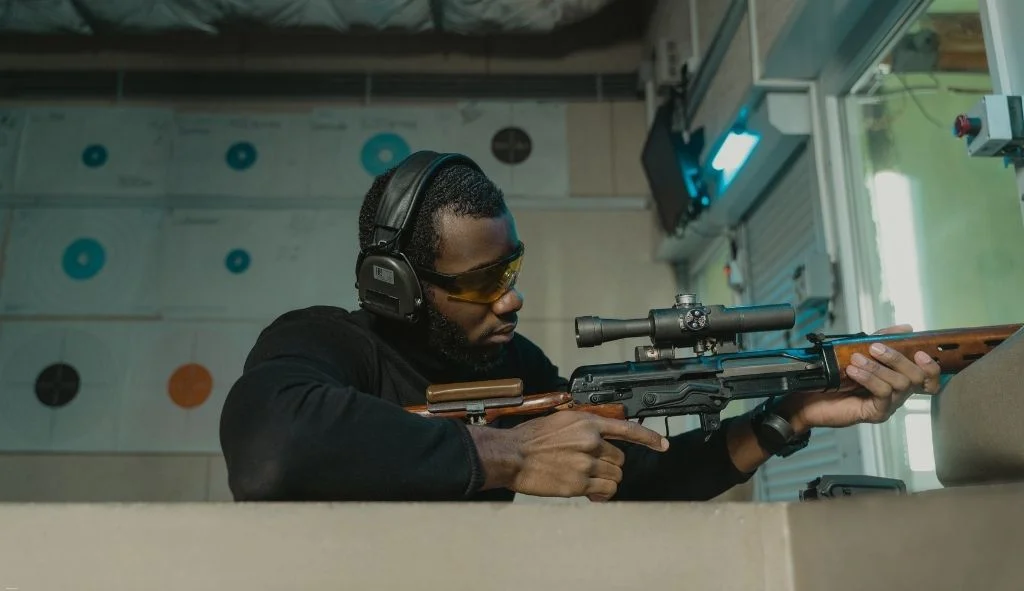
Ventilation and Environmental Controls
Designing an Effective Ventilation System
Proper ventilation is crucial for maintaining a safe and healthy environment in an indoor shooting range. Consider the following when designing your ventilation system:
- Air flow: Ensure a minimum air flow of 50 feet per minute across the firing line, as recommended by the National Institute for Occupational Safety and Health (NIOSH).
- Air changes: Aim for at least 30 air changes per hour to effectively remove contaminants.
- Filtration: Use high-efficiency particulate air (HEPA) filters to capture lead particles and other pollutants.
- Exhaust placement: Position exhaust vents downrange to draw contaminants away from shooters.
- Fresh air intake: Locate fresh air intakes uprange to create a positive air pressure at the firing line.
- Monitoring systems: Install air quality monitoring systems to ensure the ventilation system is functioning properly.
Managing Lead Exposure
Lead exposure is a significant concern in indoor shooting ranges. Implement these measures to minimize risks:
- Lead-free ammunition: Encourage the use of lead-free ammunition when possible.
- Cleaning protocols: Establish regular cleaning procedures to remove lead residue from surfaces.
- Personal protective equipment: Provide appropriate PPE for range staff and users.
- Hand washing stations: Install hand washing stations and encourage their use after shooting.
- Lead testing: Conduct regular lead testing to monitor levels in the air and on surfaces.
Sound Control and Acoustics
Implementing Sound Reduction Measures
Effective sound control is essential for the comfort of range users and to comply with local noise regulations. Consider these sound reduction strategies:
- Wall treatments: Use sound-absorbing materials on walls and ceilings to reduce echo and reverberation.
- Floor treatments: Install sound-dampening flooring to minimize noise transmission.
- Shooting booths: Design shooting booths with sound-absorbing materials to contain noise at the source.
- Doors and windows: Use soundproof doors and windows to prevent noise from escaping the range.
- Baffles: Install acoustic baffles to absorb and deflect sound waves.
- Ventilation system: Design the ventilation system to minimize noise from air movement.
Meeting Noise Regulations
Ensure your indoor shooting range complies with local noise regulations:
- Conduct noise assessments: Measure noise levels both inside and outside the range to ensure compliance.
- Implement additional soundproofing: Add extra sound insulation if necessary to meet regulatory requirements.
- Limit operating hours: Consider restricting range hours to minimize disturbance during sensitive times.
- Monitor noise levels: Regularly monitor noise levels to ensure ongoing compliance with regulations.
Equipment and Technology
Selecting Range Equipment
Choose appropriate equipment for your indoor shooting range:
- Target systems: Select target systems based on your range’s intended use (e.g., paper targets, electronic scoring systems, or moving targets).
- Shooting benches: Install sturdy, adjustable shooting benches for user comfort and stability.
- Gun racks: Provide secure gun racks for temporary firearm storage.
- Eye and ear protection: Stock high-quality eye and ear protection for range users.
- Cleaning supplies: Keep cleaning supplies on hand for firearm maintenance and range upkeep.
- First aid kits: Maintain well-stocked first aid kits throughout the facility.
Incorporating Technology
Enhance your indoor shooting range with modern technology:
- Range management software: Implement software for scheduling, billing, and member management.
- Video monitoring: Install a video surveillance system for safety and security.
- Electronic scoring systems: Consider electronic target systems for accurate scoring and instant feedback.
- Simulator systems: Add shooting simulators for training and entertainment purposes.
- Access control: Use electronic access control systems to manage entry and exit.
- Digital signage: Implement digital displays for range rules, safety information, and announcements.
Permits and Regulations
Obtaining Necessary Permits
Before beginning construction on your indoor shooting range, obtain all required permits:
- Building permits: Apply for necessary building permits from your local government.
- Zoning approval: Ensure your chosen location is zoned for a shooting range and obtain any required variances.
- Environmental permits: Secure permits related to lead management and air quality control.
- Fire safety permits: Obtain fire safety permits and inspections from local fire authorities.
- Business licenses: Apply for appropriate business licenses and registrations.
Complying with Regulations
Adhere to all applicable regulations when building and operating your indoor shooting range:
- OSHA standards: Follow Occupational Safety and Health Administration (OSHA) guidelines for workplace safety.
- EPA regulations: Comply with Environmental Protection Agency (EPA) regulations regarding lead management and air quality.
- ATF requirements: Meet Bureau of Alcohol, Tobacco, Firearms and Explosives (ATF) requirements for firearm storage and handling.
- ADA compliance: Ensure your facility is accessible according to Americans with Disabilities Act (ADA) standards.
- Local ordinances: Adhere to any local ordinances specific to shooting ranges in your area.
Staffing and Training
Hiring Range Personnel
Staff your indoor shooting range with qualified individuals:
- Range safety officers: Hire experienced range safety officers to oversee range operations and ensure user safety.
- Instructors: Employ certified firearms instructors to offer training courses and private lessons.
- Maintenance staff: Hire personnel to maintain the range, equipment, and facilities.
- Customer service representatives: Employ staff to handle customer inquiries, bookings, and retail sales.
- Managers: Hire experienced managers to oversee daily operations and staff.
Providing Staff Training
Ensure all staff members receive proper training:
- Safety protocols: Train all employees on range safety procedures and emergency protocols.
- First aid and CPR: Provide first aid and CPR training to all staff members.
- Firearm handling: Ensure all employees are proficient in safe firearm handling and range etiquette.
- Customer service: Train staff in customer service skills to enhance the user experience.
- Equipment operation: Provide training on the proper use and maintenance of range equipment.
- Lead safety: Educate staff on lead safety measures and proper cleaning procedures.
Marketing and Business Operations
Promoting Your Indoor Shooting Range
Develop a marketing strategy to attract customers to your indoor shooting range:
- Website: Create a professional website with information about your range, services, and pricing.
- Social media: Establish a presence on social media platforms to engage with potential customers.
- Local advertising: Advertise in local media outlets and at gun shops or sporting goods stores.
- Partnerships: Form partnerships with local law enforcement agencies, shooting clubs, and firearms instructors.
- Events: Host events such as competitions or training seminars to attract new customers.
- Referral programs: Implement referral programs to encourage existing customers to bring in new business.
Managing Business Operations
Efficiently manage your indoor shooting range business:
- Membership programs: Develop membership options to encourage repeat customers and steady income.
- Pricing structure: Create a clear pricing structure for range use, equipment rentals, and services.
- Retail sales: Consider offering a retail section for ammunition, targets, and shooting accessories.
- Scheduling system: Implement an efficient scheduling system for lane reservations and classes.
- Maintenance schedule: Establish a regular maintenance schedule to keep the range in top condition.
- Insurance: Obtain appropriate insurance coverage for your business, including liability insurance.
Maintenance and Upgrades
Regular Maintenance Tasks
Implement a comprehensive maintenance plan for your indoor shooting range:
- Daily cleaning: Clean the range floor, target areas, and common areas daily.
- Lead removal: Regularly remove lead particles from surfaces and ventilation systems.
- Equipment checks: Inspect and maintain all range equipment, including target systems and safety features.
- Filter replacement: Replace air filters in the ventilation system according to manufacturer recommendations.
- Backstop maintenance: Regularly inspect and maintain the bullet trap and backstop system.
- Lighting maintenance: Replace light bulbs and maintain proper lighting throughout the facility.
Planning for Future Upgrades
Consider potential upgrades to improve your indoor shooting range over time:
- Technology upgrades: Stay current with advancements in range technology and scoring systems.
- Expansion: Plan for potential expansion of the range or additional services as your business grows.
- Energy efficiency: Implement energy-efficient lighting and HVAC systems to reduce operating costs.
- Safety improvements: Continuously evaluate and upgrade safety features as new technologies become available.
- Customer amenities: Consider adding amenities such as a lounge area or pro shop to enhance the customer experience.
- Training facilities: Expand your training offerings by adding classroom space or simulation systems.
